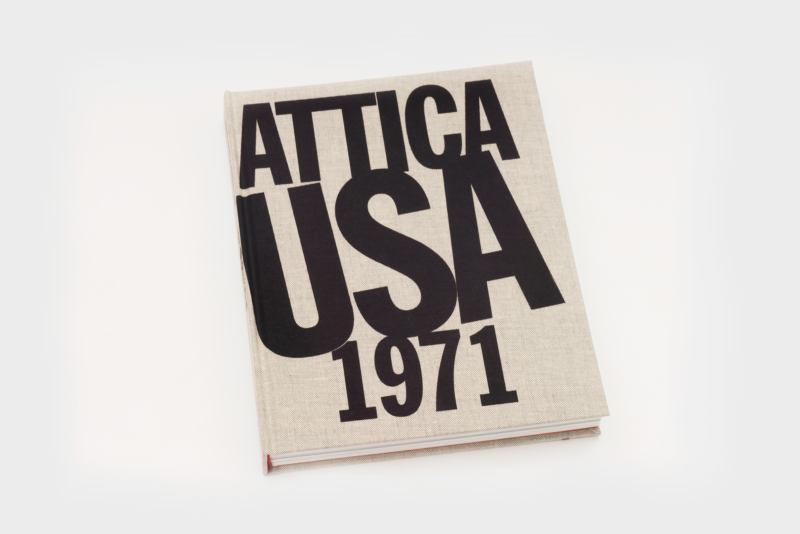1 / About history, an effort of memory
It was not until the 45th anniversary of the mutiny that occurred from September 9 to 13, 1971, that the United States brought full-blown history to these tragic events which led to the loss of 43 lives became part of the History of the United States. The massacre led by state forces against the population, the most important since the civil war, was not legally acknowledged until the middle of the year 2010. The acknowledgement of this event is without doubt, given that the event took place in September 1971 in the immense Prison located near Albany, the distant capital of the State of New York, far from NYC where the bulk of its 2000 prisoners came from, due to its extraordinary strength. This uprising is not just an avatar of contemporary African-American and Puerto Rican struggles, it is the emergence of new political forces, those of common law prisoners. The jail became a political arena and all the disturbing force of the Attica mutiny held in the fact that for the first time in history, America and the whole world were to discover the faces and the voice of the American prisoners, thanks to the journalists and to their cameras which the mutineers demanded be let in.
2 / Attica, an icon
The mutiny of the Attica prisoners in New York State and the violent repression which followed in September 1971 have never ceased to haunt the American collective memory. Music, with Archie Shepp’s 1972 famous free jazz album “Attica blues”, cinema with Sidney Lumet’s 1976 “A Dog’s Afternoon” starring Al Pacino have acted as conveyors of this memory. But more than all, it is the photographs, such as Bob Schutz’s picture of prisoners raising their fists, appearing to have turned the prison yard into a public forum, and those showing the same yard as a battlefield, after the massacre of the prisoners, immortalizing the naked survivors, referring both to the Vietnam war and to slave plantations. Attica is thus an iconic diptych, but need it be stated how much its second part is unfolding today through the systematic repression expressed against any form of uprising on the part of dominated minorities.
3 / The claims of the mutineers, what to say today
The mutineers manifestos have not taken a wrinkle could we say with no cynicism. Attica, the big carceral plant, has not closed. It remains with Sing-Sing one of the largest correctional institutions in the state of NY. The paradox is that at the time of the mutiny, the director of the NY State Penitentiary Department was a reformer – he attempted to fight against over-imprisonment. From the 1980s until today, we know that penitentiary policy is the opposite. Never have there been as many convicts in US jails. Not only are the claims of the 1971 mutineers still relevant, but it can be said that since, detainees have become an essential low-cost component of the US industry’s labor force. Likewise, arbitrariness in detention conditions is more than ever relevant, to the extent that an event such as Attica’s mutiny would not take place today. In addition, there is no one remaining today to mobilize in civil society in defense of detainees, apart from a few isolated abolitionist movements.
Philippe Artières is Managing Director of Research at the National Center for Scientific Research (CNRS) and Editorial Director of Attica, published by the Point du Jour Editeur.

Inmates of Attica state prison in upstate New York raise their fists to show solidarity in their demands during a negotiation session with state prisons Commissioner Russell Oswald, Sept. 10, 1971. Although amnesty was the stumbling block that derailed negotiations during the uprising 25 years ago, resulting in 43 deaths, amnesty was what nearly everyone got. The legal battle spawned by the Attica riot continues today, and almost no one has yet been held responsible for their part in the tragedy. (AP Photo/Bob Schutz © Associated Press)




Images @ Collection Elizabeth Fink

